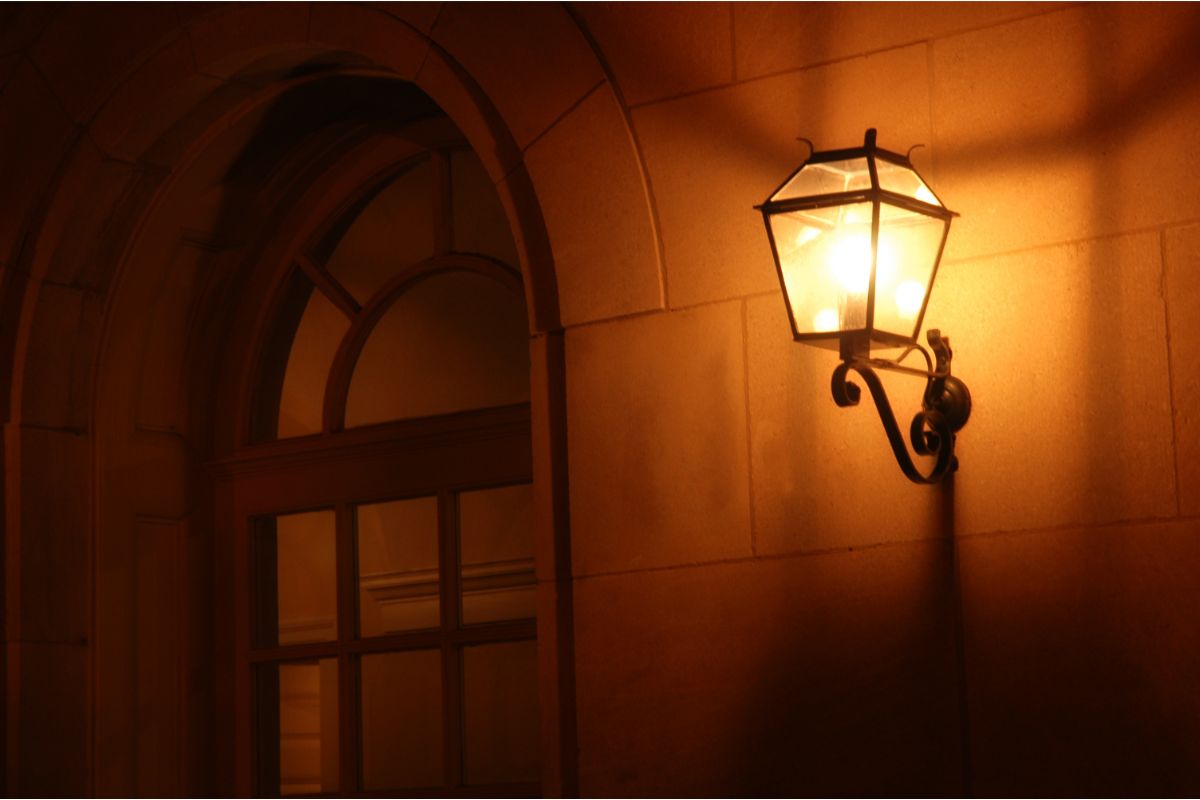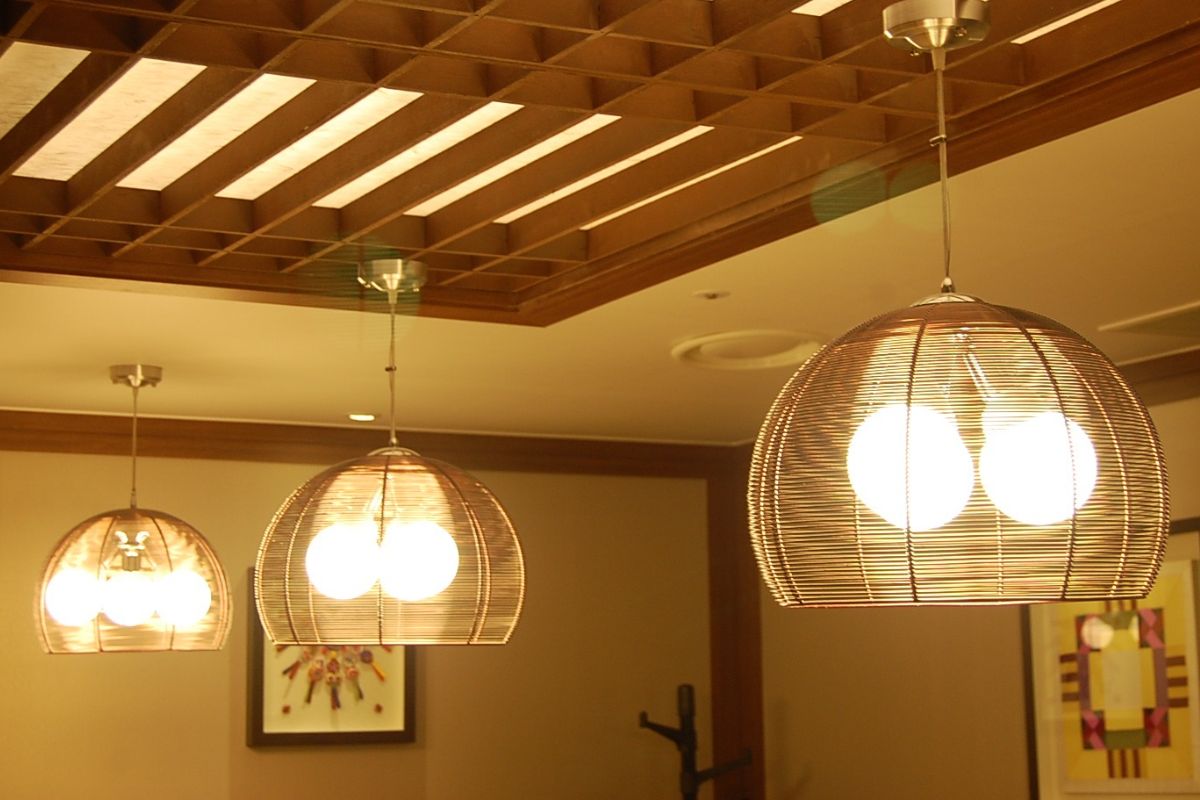The lighting industry is riddled with jargon that seems to have been made intentionally confusing.

Oftentimes, all you want to do is replace the dead bulb in your kitchen or switch out your overhead for something a little more energy efficient, and you’re assaulted at all angles by “lumens”, “beam angle”, “black light blue”, burning position”, “kelvins”, and, the worst one of all… “lux”.
It’s this last bit of esoteric lingo I’ll be focusing on here today. It’s one of those weird bits of language that’s both headache-inducing and exceedingly easy to grasp simultaneously, so brace yourself.
Some things we’re about to talk about will make perfect sense, while others will leave you baffled.
With that said, let’s bite the bullet and look at a definition for LUX.
What Does Lux Mean?
The first thing you should know is that Lux is an SI unit, meaning it’s a standard unit of measurement just like meters, miles, seconds, etc, but what exactly does lux measure? Well, here’s where things start to get a little bit confusing.
Lux is used to measure light density. Yep, light density — Let that strange concept ricochet around the old brain box for a moment.
Of course, as a unit of measurement, lux follows a linear progression, meaning we have to be able to link a definite light mass to 1 lux, but as an ephemeral entity, the idea of measuring the density of light doesn’t make much sense to the laymen.
In fact, light as a quantifiable subject is such a hard concept to wrap our head around that, in the case of lux, we have to attach a physical point of reference, and it’s this reference that defines what 1 lux corresponds to.
What Is 1 Lux Equivalent To?
Here’s where things get a little bit easier to follow (but not that much). 1 lux is equivalent to the illumination a candle throws on a 1-meter square section of a surface from one meter away.
So, picture a table with a candle on it, then picture a wall exactly one meter from the candle. The 1 square meter of illuminated space on the wall is considered 1 lux in density. But let’s do away with that confusing word before we continue.
“Density” in this context actually just refers to the illumination of a surface, so from here on out, I’ll use illumination instead of density.
Why Is Lux Defined By Space And Distance?
One of the things about lux that really gets the mind spinning is that it’s a measurement that combines two other discrete measurements, one being the space of the illuminated surface, and the other being the distance of the light source from said surface.
But this isn’t esotericism for esotericism’s sake.
Although what we’re measuring with lux is the illumination of the wall, the distance between the candle and the wall impacts the illumination, so without a definite distance, lux wouldn’t actually convey anything.
Putting 1 Lux Into Context
To give you a better idea of how lux plays out on a grander scale, let’s take a look at the lux measurements of natural light conditions.
- Direct sunlight — 32,000–100,000 lux
- Ambient daylight — 10,000–25,000 lux
- Overcast daylight — 1000 lux
- Crepuscular light — 400 lux
- Moonlight — 1 lux
- Overcast night — Less than 0.01 lux
Now let’s move indoors and check out how artificial lights in various locations stack up in terms of lux.
- Operating room — 1000 lux
- Supermarket — 750 lux
- Factory — 750 lux
- Workshop — 750 lux
- Office — 500 lux
- Laboratories — 500 lux
- Showrooms — 500 lux
- Loading bays — 300–400 lux
- Classrooms/lecture halls — 250 lux
- Warehouse aisles — 100–200 lux
- Homes — 150 lux
- Movie theaters — 150 lux
- Typical living rooms — 50 lux
As you can see, electric lighting will rarely ever break the 1000 lux threshold, but extremely specialist tasks sometimes require between 1500 and 20,000 lux.
What’s The Difference Between Lux & Lumens?
Lux and lumens are often confused, and for good reason too. For instance, lumens are the SI unit of luminous flux, which sounds a lot like lux, but it’s an entirely different thing.

Put simply, lumens are a measure of the total light emitted by a light source, or, in other words, lumens describe the strength of a light source. Lux, on the other hand, is a measure of light falling on a surface.
Still confused? I don’t blame you.
Perhaps thinking about it like this will clear things up: Remember when we discussed lux being the product of two discrete measurements, as the proximity of a light source to a surface alters how the surface is illuminated?
Well, it doesn’t matter where you move the light source, the lumens will always be the same.
Wait… Lux Sounds An Awful Lot Like Footcandles
Yep, lux and footcandles are two units that measure the exact same thing, which, as you now know, is the intensity of light on a surface. The reason there are two of these headache-inducing units is that one is metric (lux) and the other is imperial (footcandles)
1 footcandle is the equivalent of precisely 10.76 lux, meaning conversions can be tricky without a calculator, but you can just round up to 11 or down to 10 to make them much easier.
In the following examples, I’ll round down to 10 lux per 1 footcandle:
- A light is rated for 800 footcandles.
- To find the lux, multiply 800 by 10, which equals 8000.
- Thus, the light will be rated for roughly 8000 lux.
To do the opposite conversion, you simply reverse the process.
- A light is rated for, say, 10,000 lux.
- To find the footcandles, instead of multiplying, you’ll divide 10,000 by 10 which equals 1000.
- Thus, the light will be rated for roughly 1000 footcandles.
Final Thoughts
If you’re still with me and managed to resist smashing up your computer in frustration, kudos; you’re a very patient and dedicated person.
Hopefully, your efforts and restraint have paid off and you’re now at least to some extent, clued in about lux, a confusing, but highly important SI-derived measurement concerned with the brightness of light on a surface from a set distance.



